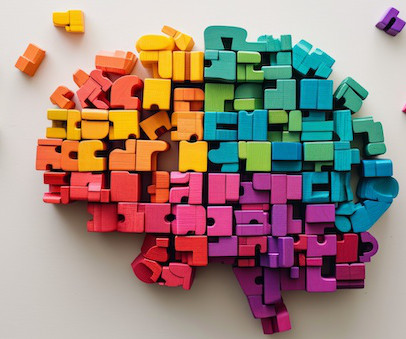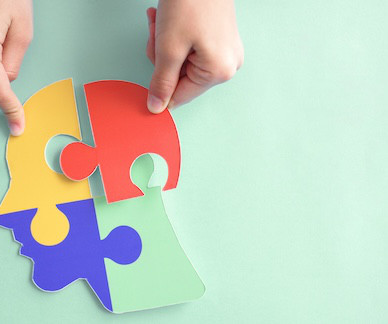Why neurotypical students should learn alongside their neurodiverse and disabled peers
eSchool News
OCTOBER 9, 2024
Inclusive education’s ability to allow students to feel accepted provides them with an environment where feelings of trust and belonging can evolve, further improving the academic and personal development of all students. Educators can implement a variety of strategies to accommodate the diverse sensory and emotional needs of their students.











Let's personalize your content